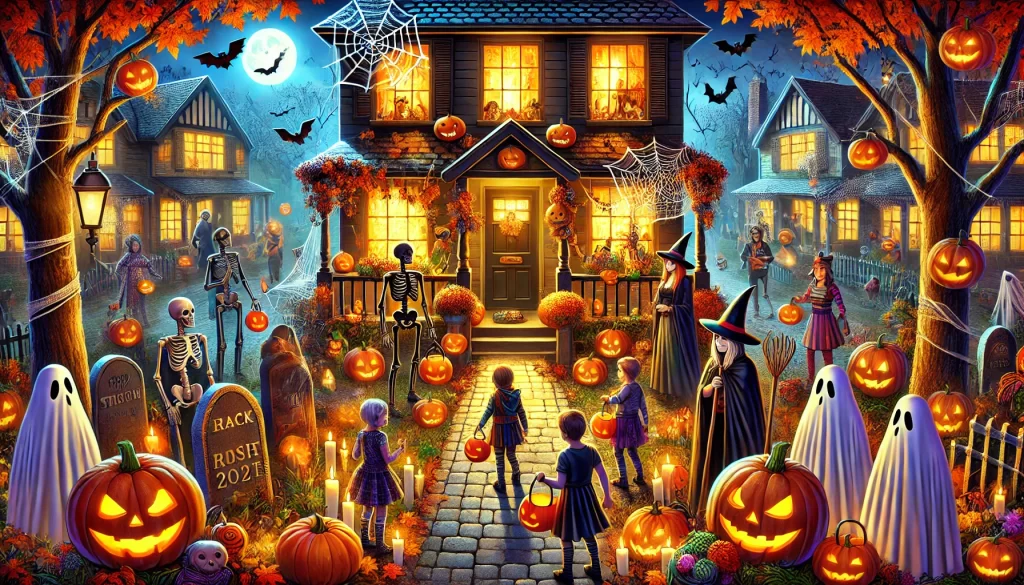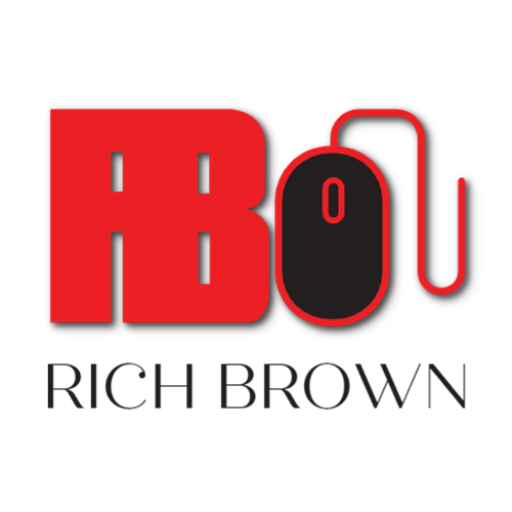
October 31st: the one night a year where we all collectively decide that dressing up like goblins, ghouls, and sugar-high superheroes is not only acceptable, it’s highly encouraged.
Halloween is a time of year that seems to blur the line between fantasy and reality. We light jack-o’-lanterns, hang fake cobwebs, and devour enough candy to induce a dentist’s nightmare.
But where did all of this madness come from? Well, buckle up, because the history and fun of Halloween are about as twisted and entertaining as a haunted carnival ride.
From Celts to Costumes
Halloween, in its earliest form, started with the Celts and their festival of Samhain (pronounced “sow-in”). Around 2,000 years ago, people in what is now Ireland, the UK, and northern France celebrated the end of the harvest and the beginning of the dark, cold winter—often a time associated with death.
They believed that on the night of October 31st, the boundary between the living and the dead became a bit wobbly, allowing spirits to cross over.
To ward off these wandering spirits, the Celts would light huge bonfires and wear costumes to confuse any wayward ghosts. So, if you’ve ever dressed up as a zombie and scared your neighbors, congratulations—you’ve unknowingly participated in a very old tradition!
Enter the Christians
By the 9th century, Christianity had spread across Celtic territories, and the church decided to do what it did best: absorb and rebrand local traditions. November 1st became All Saints’ Day, or All Hallows, meant to honor saints and martyrs.
The night before was All Hallows’ Eve, which eventually got shortened to Halloween. Spoiler alert: the ghouls and ghosts never left; they just found a new party to crash.
How America Got In On The Fun
Halloween made its way to America with European immigrants in the 19th century, and it blossomed into a full-blown cultural event. But it wasn’t until the mid-20th century that Halloween as we know it—filled with costumed kids, candy, and haunted houses—really started to take shape.
Post-World War II suburban growth gave rise to trick-or-treating as a national pastime, and candy companies realized that Halloween was a golden ticket (pun intended). They began marketing candy specifically for trick-or-treating, and the rest, as they say, is history.
Trick-or-Treating: It’s All About the Candy
Let’s be honest—one of the best parts of Halloween is the candy. Kids love it, adults secretly hoard it, and dentists pretend to be horrified while silently booking more appointments.
Trick-or-treating is a fairly modern invention, born from an amalgamation of medieval practices like “souling,” where people would go door to door asking for food in exchange for prayers for the dead.
In the U.S., it took off in the 1920s and 1930s as an attempt to deter young pranksters from making mischief on Halloween night.
Today, it’s hard to imagine Halloween without children dressed as mini-superheroes and princesses ringing doorbells and parents sneaking Reese’s cups from the candy bowl when no one’s looking.
Costumes: The Spookier, The Better
Costumes are another highlight of Halloween. Originally, people wore animal skins and spooky disguises to hide from ghosts. Nowadays, the sky’s the limit—one year it’s all about zombies, the next, a wave of characters from the latest Netflix series.
In many ways, Halloween has become a celebration of pop culture. It’s the one night where you can be anyone or anything you want, from a terrifying witch to a banana with googly eyes. Let’s face it, folks—there’s something liberating about that.
Spooky Decorations and Jack-O’-Lanterns
Ah, the jack-o’-lantern—a smiling, candlelit pumpkin that greets trick-or-treaters and ward off spirits. This tradition also traces back to the Celts, who used to carve faces into turnips to scare off restless spirits.
When immigrants brought this custom to America, they discovered that pumpkins were far easier to carve than turnips, and a new tradition was born.
Beyond jack-o’-lanterns, decorations have become a hallmark of Halloween. Fake spiderwebs, skeletons dangling from porches, and gravestones popping up on suburban lawns turn neighborhoods into spooky wonderlands.
It’s a combination of creativity and a healthy dose of spooky fun that makes Halloween décor so delightfully eerie.
Why We Love Halloween
Halloween is more than just a holiday; it’s a celebration of the strange and unusual. It’s the one night of the year where we not only accept the unknown but also embrace it.
There’s something universally appealing about letting go of our day-to-day worries and indulging in a little make-believe. It gives us permission to step into someone else’s shoes, even if it’s a witch’s boots or a vampire’s cape.
Plus, let’s not forget the communal spirit. It’s not every day that neighbors willingly hand out sweets or join forces to create a haunted maze in the garage.
Halloween brings people together, even if it’s under the guise of ghoulish fun. And honestly, in a world that often feels a little too serious, that’s a pretty sweet deal.
Embrace the Spooky
So, as Halloween rolls around this year, grab your costume, light that jack-o’-lantern, and embrace the spooky spirit. Whether you’re out trick-or-treating with the kids, throwing on a classic horror movie, or just enjoying the decorations in your neighborhood, remember that Halloween is all about fun.
It’s about stepping into the dark with a smile, knowing that, just like those ancient Celts, we’re all in this spooky dance together—candies in hand, ghosts at our side, and a lot of laughs along the way.
Happy haunting, friends!

Leave a Reply
You must be logged in to post a comment.